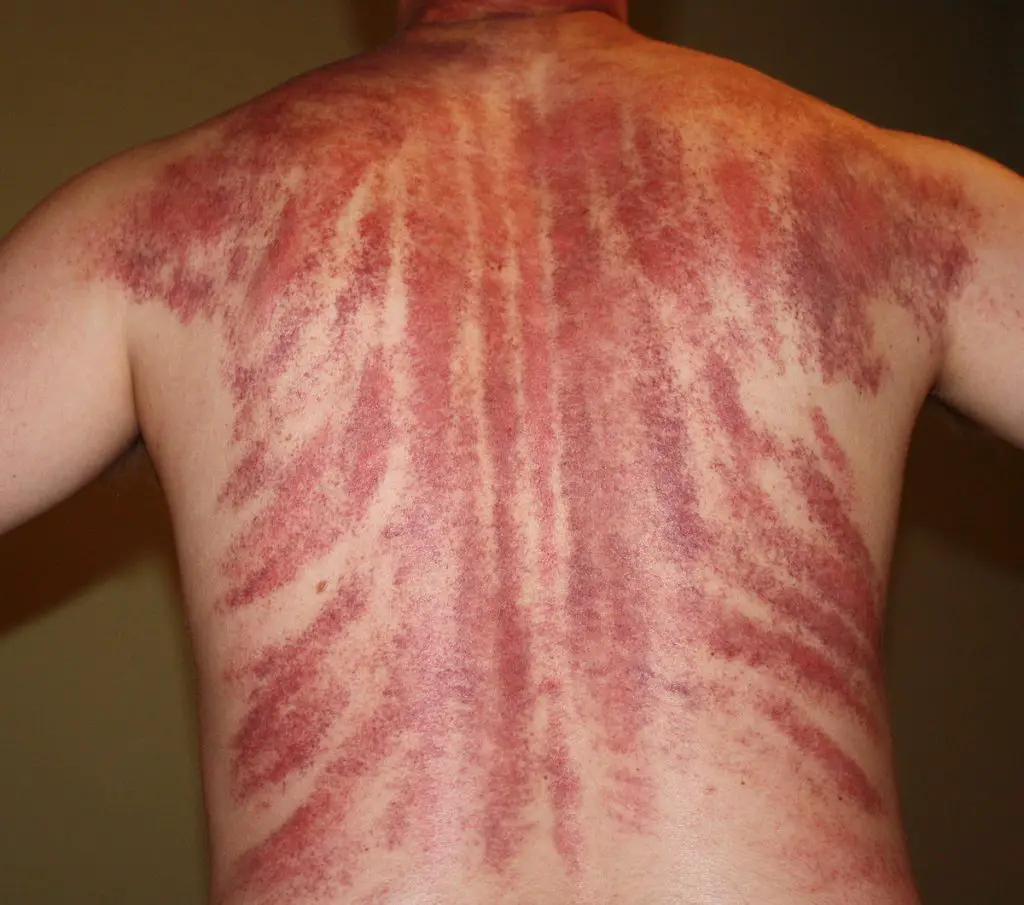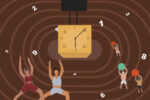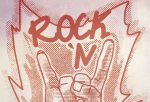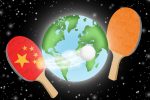The circular bruises on Michael Phelps’ body in the 2016 Rio Olympics made cupping therapy famous. However, cupping wasn’t the first Eastern trend to hit the world. Jade-rolling became the No. 1 trending item on Buzzfeed last week and acupuncture has long been practiced in the West.
These ancient Chinese practices have had their day in the sun, but next up for its time in the limelight is gua sha, another medicinal practice that originated in ancient China and is still widely used today. For those curious souls out there, here is everything you need to know about gua sha.
What Is Gua?
Gua translates to scraping or friction rolling. The scraping is done using a smooth rounded edge at a 15-degree or less angle to the skin. The scraping is only applied along meridian channels, instead of everywhere on the body.
Professional gua sha tools are typically constructed with jade or bull horn that is made into various shapes. Each shape is specialized for a specific scraping technique and body part. Other popular gua sha tools people use at home include porcelain spoons and bowls, threads and silver coins.
What Is Sha?
Sha refers to the little red dots that appear on the skin after scraping. They can vary in color and severity. Some sha are light pink and sparse so you can see each dot, while some are red and others are purple, with dots so dense that they connect like huge bruises.
There are many different explanations for what sha is, but the most scientific one is that they are tiny bruises caused by pressure applied to the skin.
That being said, there hasn’t been any conclusive scientific study to support the proclaimed benefits of gua sha.
Chinese medicine holds that the tiny red dots are toxins hidden in the body that are not drawn out though the process of gua sha. When the sha ultimately fades, it means the toxins have left the body.
But what are these toxins, what causes them to appear in the form of sha and how does the motion of scraping get rid of the toxins? The practitioners of the ancient Chinese medicine offer two explanations.
Explanation #1: Sha are the harmful elements that have invaded the body.
Traditional Chinese medicine believes that the human body is only healthy when it is at equilibrium. However, the body is constantly invaded by the moisture, frost and heat of the environment and in the food you eat. Too much of any element disrupts this equilibrium and results in illnesses.
For example, when a person lives in damp environments, condensation can get into the body and cause diseases, such as rheumatoid arthritis; too much frost can cause headaches, pain in the joints, backs, shoulders and cold hands and feet; too much heat can cause inflammation of the tongue and throat.
In Szechuan, China, where it is damp more often than not, people invented the famous Szechuan cuisine — think Rick Sanchez from “Rick and Morty” and the famous Szechuan sauce — which incorporates a lot of hot peppers. Hot peppers are a kind of food the Chinese believe to be full of the hotness element, which is different from spiciness. On the other hand, if someone’s throat is inflamed as a result of too much hotness in the body, they eat bitter squash, a kind of squash that is believed to be full of coldness.
This is the kind of health philosophy Chinese people practice, and it again revolves around the balance of the elements. Gua sha recreates this balance in the body. If you have too much dampness in your body, gua sha gets rid of dampness; if you have too much hotness in your body, then gua sha gets rid of hotness, etc. People see sha as the evidence of hotness, dampness or coldness being excreted from the body.
Explanation #2: Blockages in meridian channels creates sha.
Chinese people also believe that gua sha clears blockages in meridian channels. The idea of the meridian channel is central to Chinese medicine. The meridian channels connect the organs together and transport blood and chi, one of the basic elements of life.
The meridian channels need to be clear for the body’s organs to work together harmoniously and for human blood and chi to flow properly in the body. Each channel is connected to one organ or a set of organs. If the organ is not functioning correctly, the channel is blocked, and vice versa.
Gua sha can clear the meridian channel of blockages by stroking along it. Through physical stimulation of the channels, gua sha makes the corresponding organs function correctly again.
If sha occurs very heavily and is purple, it means the meridian channels are seriously blocked and one’s organs are in bad condition. If only light sha or no sha appears, it either means that the person is very healthy or that the person is either lacking in chi and blood.
Thus, gua sha not only can heal diseases, but the color of sha and where sha occurs can also help people detect diseases. When sha fades, the channels are expected to get clearer and the organs stronger.

Other health benefits that gua sha reportedly achieves include lessened stiffness in muscles, increased blood flow, detection of diseases, weight loss and boosting the immune system.
It may sound suspicious that the simple motion of scraping along meridian channels can have so many benefits. I asked Dr. Zizong Chen, a licensed traditional medicine practitioner who graduated from Guangzhou University of Traditional Chinese Medicine, and Chunping Liu, a professional massage therapist who has practiced gua sha for over 10 years, for elaboration on gua sha’s benefits.
They both agree that gua sha can produce its advertised benefits, from getting rid of harmful elements, to clearing meridian channels.
Dr. Chen says that gua sha “cures illness when there is illness, and prevents illness when there isn’t illness.”
Liu says that not every part of the body will create sha. Different clients have sha on different parts of their bodies and to various degrees, depending on their health. If their stomach functions are lacking, then the meridian channel corresponding to the stomach will have a lot of sha. When she sees such a case, Liu will remind her client to take care of their stomach.
The massage therapist also reminded me that after gua sha you should not let the parts of the sha on your body touch water or get be exposed to the cold for at least three hours. Because your pores are wide open after gua sha, dampness and coldness can get in easily. Also, people with sensitive skin or skin disease should never attempt gua sha.
Alternative Explanations
It might be difficult to believe that gua sha has so many benefits since sha, on a fundamental level, are just tiny bruises. However, many people have reported feeling better after a gua sha treatment. It is possible that they simply experienced a placebo effect, with no actual physiological change.
It is also possible that gua sha works in the same way that massages work. The compression of muscles relieves pain and stiffness in the body, with the bruises just being an extraneous side effect of the applied pressure.
Since gua sha’s benefits lack scientific evidence to back them up, it is best seen as a pseudoscience that has been revised and perfected for thousands of years. The ancient medicine has become as much of a cultural practice as a medicinal one.
Now, here is the $64,000 question — does gua sha hurt? I’ve had gua sha done to my back and my legs and it hurts a little. The pain isn’t supposed to be unbearable, but if it does become so, tell your massage therapist to slow down.
In China, many people practice it at home on themselves or on their family, but that’s because they are experienced or were also taught by experienced people. Attempting gua sha without ample knowledge may cause serious harm. If you want to try gua sha out, remember to find someone professional in order to reap the benefits without the messy side effects.

















